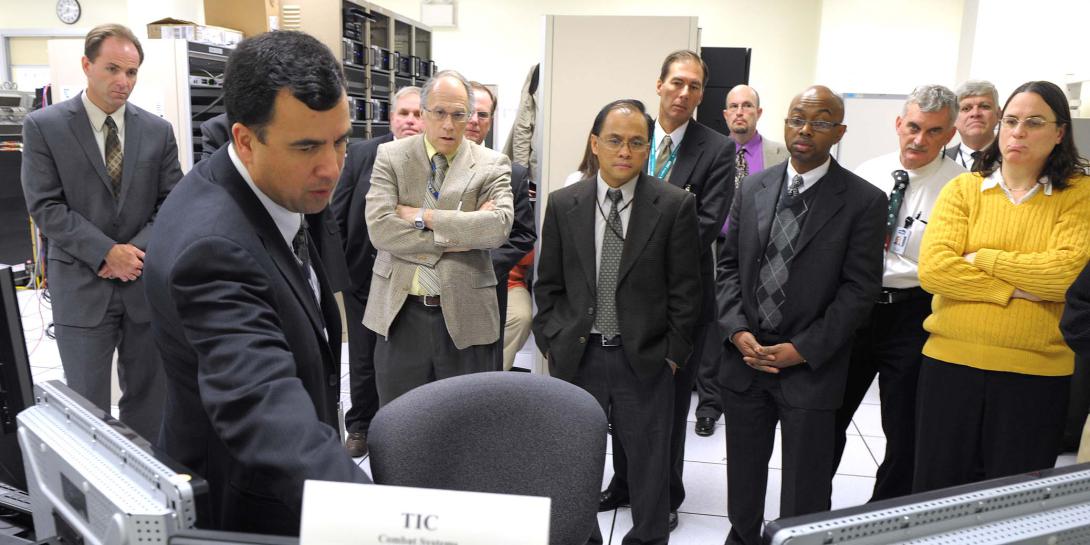A Successful Rest of 2017 Should Include 4 IT Resolutions
As we near the end of the first quarter of this new year, it seems like a perfect time to introduce and discuss four new "resolutions," if you will, for federal information technology managers and what a new action plan for progress might look like. Phil O'Reilly from Brocade Federal spells them out.
As we near the end of the first quarter of this new year, it seems like a perfect time to introduce and discuss four new "resolutions," if you will, for federal information technology managers and what a new action plan for progress might look like.
Without further ado, let's dive right in.
Mandate a hybrid cloud-first policy.
Taking advantage of a hybrid cloud environment is a smart move for the defense community and should be at the forefront of modernization efforts, said Terry Halvorsen, the recently-retired Defense Department chief information officer. This sentiment has been echoed by other federal IT leaders and is especially important for the defense community, which regularly deals with sensitive workloads, applications and data sets. With hybrid cloud, the DOD can retain greater control and security when necessary, while still enabling the flexibility of cloud.
Replace legacy IT more than a decade old.
It is no secret that legacy systems abound within the DOD and that staff use some systems that are more than 50 years old, according to a report by the U.S. Government Accountability Office. Given the pace at which technologies evolve, federal mandates should force the retirement of any system older than a decade. Consider that it hasn’t even been 10 years since the first iPhone was released. Today, the use of smartphones in the workplace has increased dramatically, upping too the quantity of data and traffic on networks. Now with the cloud, the Internet of Things and big data adding to that volume, these technologies need an updated network infrastructure.
As agencies evaluate new infrastructure options, automation and visibility capabilities will be important to accommodate expanding and difficult-to-predict workloads. Together, they identify potential network issues and redirect workflow across network, storage and compute domains without manual intervention. IT is central to accomplishing defense missions; selecting infrastructure with this in mind is essential for ongoing success.
Streamline acquisition and eliminate duplicate regulations.
Federal procurement is complex, but redundant and contradictory regulations make accessing technology more complicated than necessary. Officials must approach acquisition with an outcome-focused state of mind. Rather than narrowly defining requirements based on specific brands, procurement officials must research commercially available solutions and outline requirements based on these considerations. This approach will drive competition and provide government with the best possible solution.
Learn from the private sector.
The defense community has made great strides in increasing collaboration with the private sector, a tactic that needs to become standardized. The Defense Innovation Unit-Experimental, or DIUx, provides a great example of the department’s efforts to collaborate with and learn from businesses, initially setting up an office in Silicon Valley to facilitate the sharing of insights and expertise from the tech leaders. The effort has since expanded to several other cities. Often, companies address similar challenges, and the DOD must prioritize gleaning from those insights to take advantage of commercial-off-the-shelf offerings.
Recognizing the central role technology plays in achieving defense missions and starting with these four actions, the DOD is positioned to better serve warfighters and protect citizens.
Phil O’Reilly is vice president of federal sales at Brocade Federal.




Comments